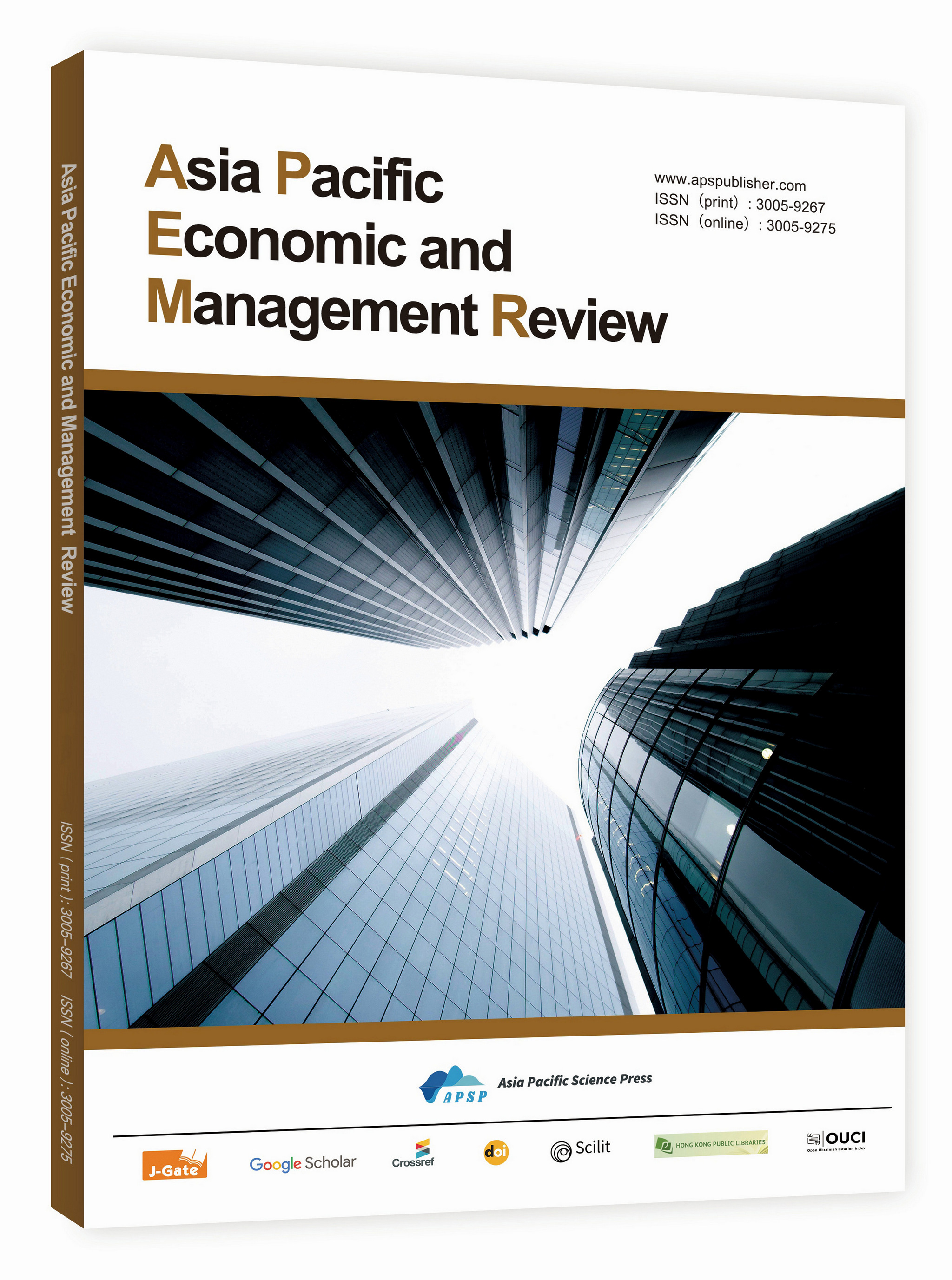Exploring Configurational Factors Influencing Online Privacy Protection Behaviors of Internet Users
DOI:
https://doi.org/10.62177/apemr.v1i2.269Keywords:
Configuration Effects, Privacy Protection, Influencing Factors, Information ManagementAbstract
With the rapid development of the digital economy, internet users' privacy protection behaviors have become a focal point for both academia and industry. This study adopts a configurational perspective and employs fuzzy-set Qualitative Comparative Analysis (fsQCA) to investigate the synergistic mechanisms of multiple factors influencing users' privacy protection behaviors. Integrating social cognitive theory, the research constructs an analytical framework encompassing individual cognitive factors (e.g., data privacy sensitivity, self-efficacy, perceived risks/benefits) and social-environmental factors (e.g., descriptive norms, subjective norms, platform trust). Based on 357 valid questionnaires, the study identifies core condition configurations driving high-level privacy protection behaviors. Key findings include: Five distinct paths explain high-level privacy protection behaviors, with "risk-benefit trade-off" (high perceived risk + low perceived benefit) and "social norm-driven" (high descriptive norms + high subjective norms) as typical patterns; Substitution effects exist between individual cognitive factors (e.g., self-efficacy) and environmental factors (e.g., platform trust), with different user groups relying on distinct condition combinations; Configurational analysis reveals "multiple conjunctural causality" in privacy behaviors, suggesting traditional linear regression may underestimate synergistic effects among variables. The study provides differentiated strategy insights for platforms to optimize privacy design and extends the application of privacy calculus theory in configurational analysis.
Downloads
References
Evans DS. The online advertising industry: Economics, evolution, and privacy. Journal of Economic Perspectives, 2009,23(3):37-60. DOI: https://doi.org/10.1257/jep.23.3.37
Brandon SC. What’s mine is yours: Targeting privacy issues and determining the best solutions for behavioral advertising. The John Marshall Journal of Computer & Information Law, 2013, 29(4): 637-672.
Zarouali B, Ponnet K. “Do you like cookies?” Adolescents’ skeptical processing of retargeted Facebook-ads and the moderating role of privacy concern and a textual debriefing. Computers in Human Behavior, 2017, (69): 157-165. DOI: https://doi.org/10.1016/j.chb.2016.11.050
Johnson JP. Targeted advertising and advertising avoidance. The RAND Journal of Economics,2013, 44(1): 128-144. DOI: https://doi.org/10.1111/1756-2171.12014
Vincent C, Tay1or CR,Wagman L. Hide and seek: Costly consumer privacy in a market with repeat purchases. Marketing Science, 2012, 31(2) : 277-292. DOI: https://doi.org/10.1287/mksc.1110.0691
Wang Le, Wang Luyao Sun Zhao. The mechanism ofprivacy invasion experience on internet users’ self-disclo-sure[J]. System Engineering—Theory & Practice, 2020,40(1) : 79-92.
Peng Lihui, Li He, Zhang Yanfeng, et al. Research on theinfluence factors of user privacy security on mobile socialmedia fatigue behavior —Based on privacy computingtheory of CAC research paradigm[J]. Information Science,2018, 36(9) : 96-102.
Cui Lei, Qu Youyang, Nosouhi M R, et al. Improving datautility through game theory in personalized differential privacy [J] . Journal of Computer Science and Tech-nology, 2019, 34(2) : 272-286. DOI: https://doi.org/10.1007/s11390-019-1910-3
Sun Zhe, Yin Lihua, Li Chao, et al. The QoS and Privacy Trade-off of adversarial deep learning: An evolutionary game approach[J] . Computers & Security, 2020, (96) :101876. DOI: https://doi.org/10.1016/j.cose.2020.101876
Downloads
How to Cite
Issue
Section
License
Copyright (c) 2024 Huimin Liu, Ying Zhang

This work is licensed under a Creative Commons Attribution-NonCommercial 4.0 International License.

















